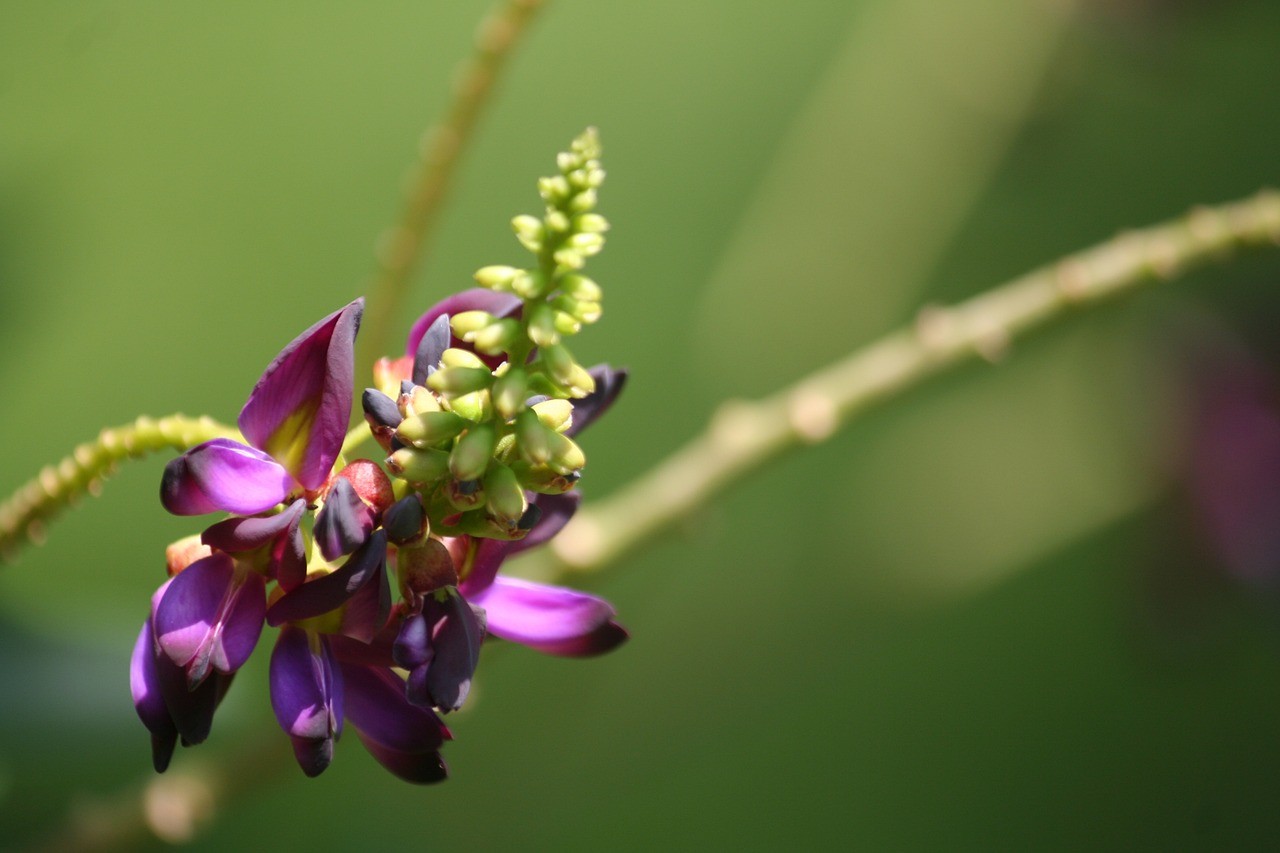How To Grow Nettles
Updated on
November 21, 2023

Growing Nettles
Edible nettles, also known as stinging nettles, are a type of plant that can be consumed as a food source. They are a member of the Urticaceae family and are characterized by their stinging hairs, which can cause a painful, itchy rash if they come into contact with skin. Despite their prickly nature, edible nettles have been used for food and medicinal purposes for thousands of years. They are a rich source of nutrients, including vitamins A and C, calcium, iron, and protein, and can be used in a variety of recipes, such as soups, stews, teas, and pestos. When preparing edible nettles for consumption, it's important to wear gloves and use scissors to snip off the leaves and tender stems, discarding the tougher stalks. The leaves can then be blanched or sautéed to remove the stinging hairs before being used in recipes.
Follow us to keep learning!
Nettle Growing Cheatsheet
1. Choosing the Right Spot
Prefers sunny location 🌞
Well-drained soil is essential 💧
2. Propagation
Grow from seeds or division ✨
Best time to plant is spring or fall 🌱
3. Watering
Water regularly but avoid over-watering 💦
Adequate moisture promotes lush growth 🌿
4. Harvesting
Wear protective gloves 🧤
Collect young leaves for cooking or drying 🍃
5. Health Benefits
Rich in iron, vitamins, and minerals 🌿
Supports healthy skin and hair 💆♀️
6. Sustainable Plant
Attracts beneficial insects 🐝
Can be used as a natural fertilizer ♻️
7. Self-Sufficiency
Nettle fibers can be used for textiles 🧣
Nettle tea is a caffeine-free alternative ☕️
Growing nettles can be a rewarding experience, despite their reputation as pesky weeds. They are versatile plants and have been used for centuries in culinary, medicinal, and even textile applications. Plus, they are a great addition to any garden, attracting beneficial insects and adding visual interest with their vibrant green leaves. In this post, I will share my personal tips and tricks for successfully growing nettles in your own garden.
Choosing the right location:
1. Find a spot in your garden with partial shade or dappled sunlight. Nettles thrive in these conditions and appreciate a break from scorching sun.
2. Prepare the soil by loosening it with a fork or spade, removing any weeds or debris.
3. Add organic matter such as compost to improve the fertility and structure of the soil.
Planting the nettle:
1. Start with nettle seeds or young plants, which are readily available at nurseries or online.
2. Dig a small hole, deep enough to accommodate the roots of the nettle plant.
3. Place the nettle plant in the hole, ensuring that the crown of the plant is level with the soil surface.
4. Gently backfill the hole, firming the soil around the plant to eliminate air pockets.
Caring for nettle plants:
1. Water the nettle plants regularly, keeping the soil moist but not waterlogged.
2. Mulching around the plants will help to retain moisture and suppress weed growth.
3. Nettles are known for their rapid growth, so be prepared to trim them back regularly to promote bushier growth.
4. Harvest the nettle leaves early in the growing season for the best flavor and tenderness.
Dealing with nettle stings:
1. Always wear gloves and long sleeves when working with nettles to avoid irritation from the stinging hairs.
2. If stung, apply a cold compress or use a plantain leaf, if available, to soothe the affected area.
3. Remember, cooking or drying the nettle removes the stinging properties, making them safe to handle and consume.
Did you know? Nettles are a nutritional powerhouse, packed with vitamins, minerals, and antioxidants. They are particularly high in vitamins A, C, and K, as well as iron and calcium. Incorporating nettles into your diet can offer numerous health benefits!
In conclusion, growing nettles can be a delightful addition to your garden. Their versatility, attractive appearance, and nutritional value make them a valuable plant to cultivate. By following these tips, you can enjoy a flourishing nettle patch and reap the rewards of this underestimated plant.
Frequently Asked Questions
1. What is the best season to start growing nettles?
The best season to begin growing nettles is in the spring.
2. How do I plant nettles?
Plant nettles by directly sowing the seeds in a well-draining soil.
3. Where should I plant nettles?
Choose a shady area with moist soil to plant nettles.
4. How often should I water nettles?
Nettles require frequent watering to keep the soil consistently moist.
5. How long does it take for nettles to grow?
Nettles typically take around 2 to 3 weeks to germinate and start growing.
6. How do I protect my nettles from pests?
Regularly inspect and remove any pests manually or use organic pest control methods.
7. When can I harvest nettles?
You can start harvesting nettles once they have reached a height of around 6 to 8 inches.
8. How do I harvest nettles?
Wear gloves and use scissors to gently cut the top leaves of the nettles for harvesting.
9. How can I use harvested nettles?
Harvested nettles can be used for making teas, soups, or pesto, or dried for later use.
10. How do I propagate nettles?
Nettles can be propagated by dividing the root clumps or taking stem cuttings.
Nettles are a versatile and resilient plant, making them a great choice for hobby gardeners who are looking for a low-maintenance species to tend. They thrive in a range of climates, have medicinal benefits, and can be used in a variety of recipes. They can also be used to attract beneficial insects and act as an organic fertilizer for your garden soil. their prickly stalks can be used to make twine and rope, while their green leaves can be harvested and cooked as a nutritious, mineral-rich vegetable. for gardeners seeking an easy-to-grow and multipurpose addition to their plot, nettles are the perfect choice.





